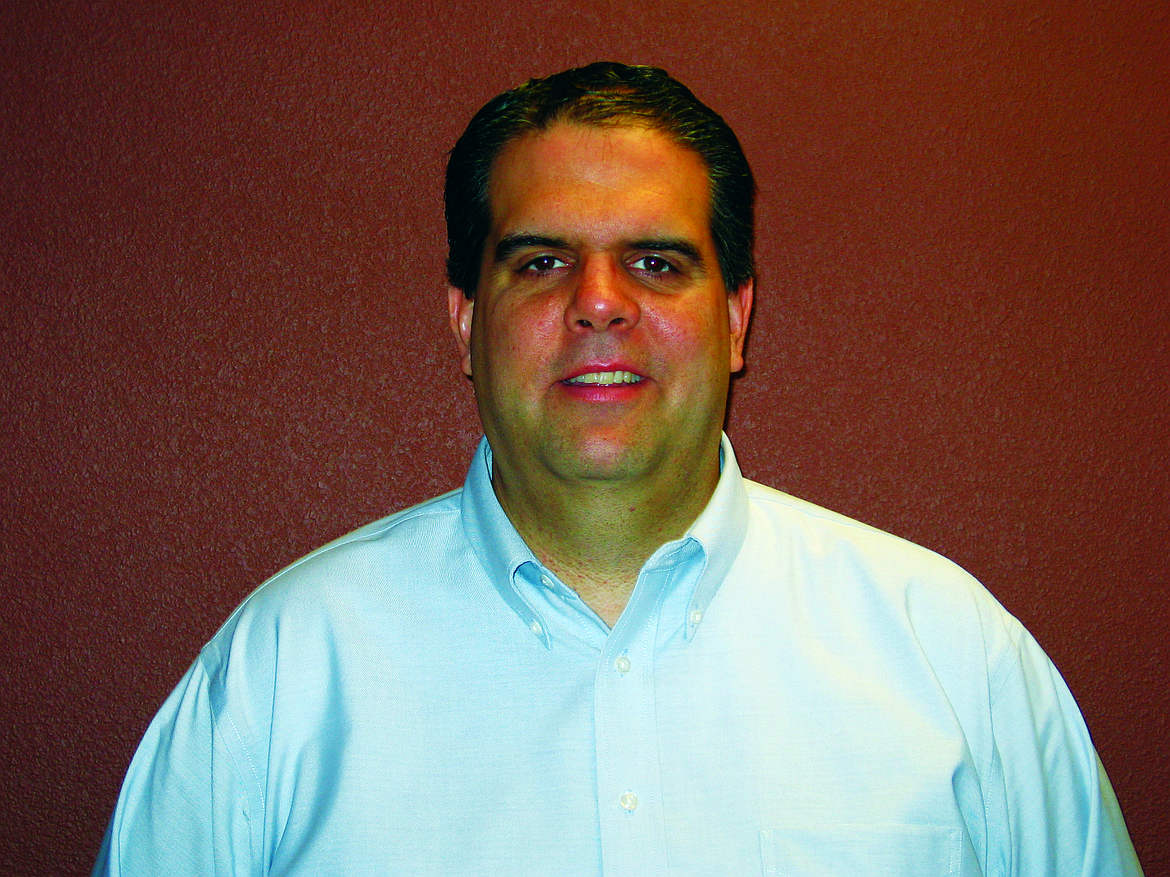ADVERTISING: Advertorial — Golfing got you down?
One of the favorite pastimes of both adult men and women is golf. Although this sport is not a contact sport, avid golfers, professional or not, are also prone to getting injured. One of many conditions that they may suffer from is chronic back pain.
Amateur golfers are usually injured due to improper technique. Pro golfers suffer overuse injuries. Once a high velocity rotary force is combined with trunk side-bending, the golfer’s spine, vertebral disc and para vertebral tissues take a beating. As such, low back pain is indeed one of the most common complaints of all golfers.
First, you must first consider the anatomy of the swing. A typical golf swing involves twisting or rotating the body down at the trunk, a motion that inherently stresses the spine’s discs and fibers. This excessive rotation places strain on the fibrous outer layer of a disc beyond their physiologic range of flexibility, thereby reducing the threshold for injury. Now, during the downswing and follow through phase of the golf swing there is increased lateral bending. As the golfer attempts to generate more force behind the ball at impact, there is increased side bending of the spine. When you consider the increased stress to the lower back, it makes sense that the joints of the lower back undergo high levels of stress, creating a potential source for back pain in the golfing community.
If a muscle injury has been ruled out, the next could be an annular tear to the tough exterior of an intervertebral disc, impacting the shock-absorbing cushion between the vertebrae. If we further aggravated an annular tear it could progress to a herniated or ruptured disc, which is where the real trouble starts. When a disc is herniated, the gel in the center of a disc, called the nucleus pulposus starts to seeps out of its protective casing and begins irritating the nerves, often causing nerve compression, in which the initial back pain radiates down into the patient’s leg.
So what can we do to help prevent low back injuries? Remember you’re not as young as you once were! As you get older, you have to prep your body differently to play golf. Make sure you warm up. Tight muscles need to be warmed up. Before you hit a ball, gently stretch your lower, middle, and upper back, as well as your shoulders and neck. Then take a few easy practice swings, focusing on your form and biomechanics. Slowly increase the range and speed of your practice swings until you get to a full extension. Secondly, be prepared to alter your mechanics. As you get older, you’ll have to face your mortality in many ways. Golf is no exception. You might find season to season that you can’t swing as hard, and that’s OK. You may also want to consider changing equipment to better suit your game. Thirdly, stay fit and active between golf outings. Core strength is huge for spine health. The muscles around the abdomen and back help support the spine, and having a strong core reduces the risk of injury as you swing and bend. Pilates can be particularly effective for core strengthening at any age. And finally, regular chiropractic care. Many people wait until they’re hurting before seeing a chiropractor. The majority of professional golfers know better. Even if you’re not in pain, adjustments can improve your posture, increase flexibility, allow full range of motion and decrease risk of injury.
But, if you are an avid golfer already suffering from chronic back pain or want to prevent future discomfort, there’s an alternative treatment. An effective and non-invasive treatment option is at the palm of your hands, with the help of a qualified chiropractor specializing in Spinal Decompression Therapy. Give Natural Spine Solutions a call to see if we can get you back on the course.
• • •
Dr. Wayne M. Fichter Jr., D.C., is a chiropractor at Natural Spine Solutions. The business is located at 3913 Schreiber Way in Coeur d’Alene. For more information, please contact us at 208-966-4425.

